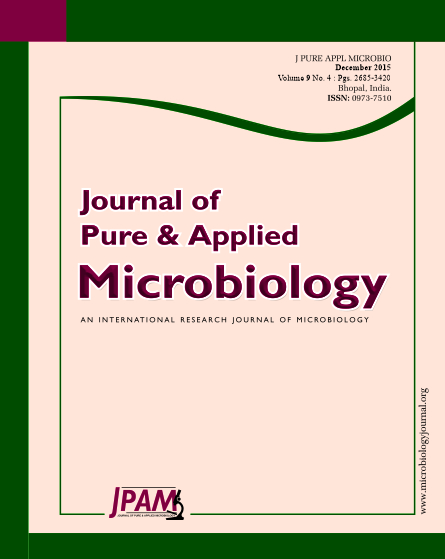Pomegrante (Punica granatum L.), so called “fruit of paradise” is one of the major fruit crops of arid region. It is mainly grown in states of Maharashtra, Karnataka, Andhra Pradesh and Tamil Nadu. Bacterial blight of pomegranate, caused by Xanthomonas axonopodis pv. punicae, considered to be a minor disease, was reported as bacterial leaf spot in the 1950s. At present this disease is observed on leaf, stem and on fruits and has been responsible for the removing of many orchards in south India. Recently this disease was also observed in Rajasthan. A survey was conducted in North Karnataka during 2008-10. The disease was very severe in Mrig bahar. Demonstration was conducted in farmer field involving various components like selection of Ambiabahar treatment, use of antibiotics along with copper compounds and Bioagents. The results indicated that before adopting the orchard integrated control management measures, the observed severity on the trees was up to 69%, and it was brought down to 10.15% in orchards where measures were adopted over three years. The average yield levels were 5.27 tons/hectare in demonstration plots. In orchard with control, the disease severity on trees was up to 38.51% with average yield levels of 2.07 tons per hectare. Hence yield increased 6.12 tons, which worth Rs. 5.81 lakhs, when compared to untreated control.
Pomegranate, Xanthomonas axonopodis, Integrated disease management.
© The Author(s) 2015. Open Access. This article is distributed under the terms of the Creative Commons Attribution 4.0 International License which permits unrestricted use, sharing, distribution, and reproduction in any medium, provided you give appropriate credit to the original author(s) and the source, provide a link to the Creative Commons license, and indicate if changes were made.


